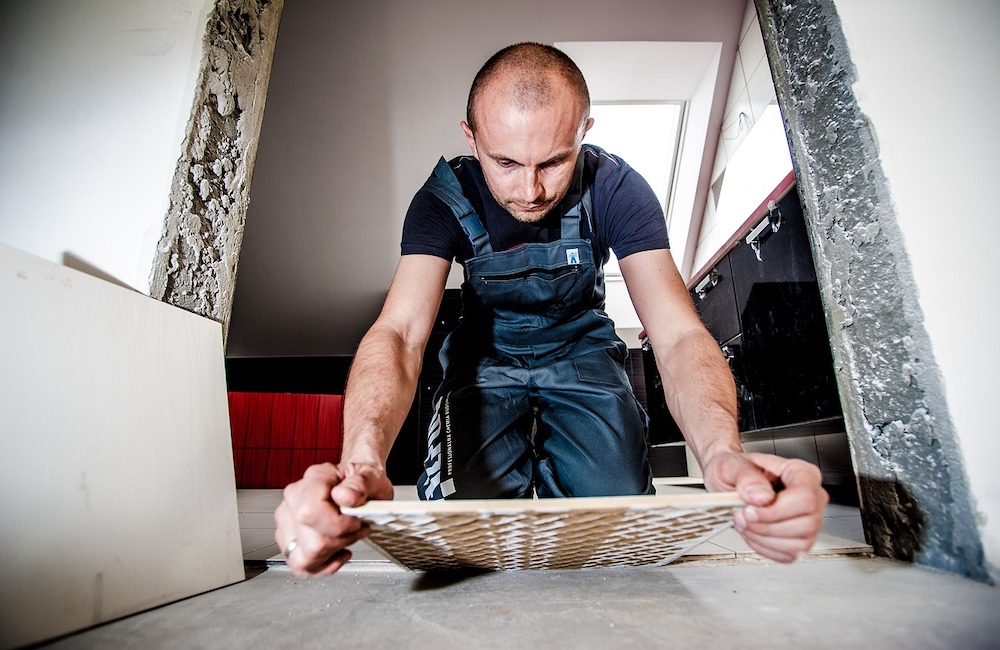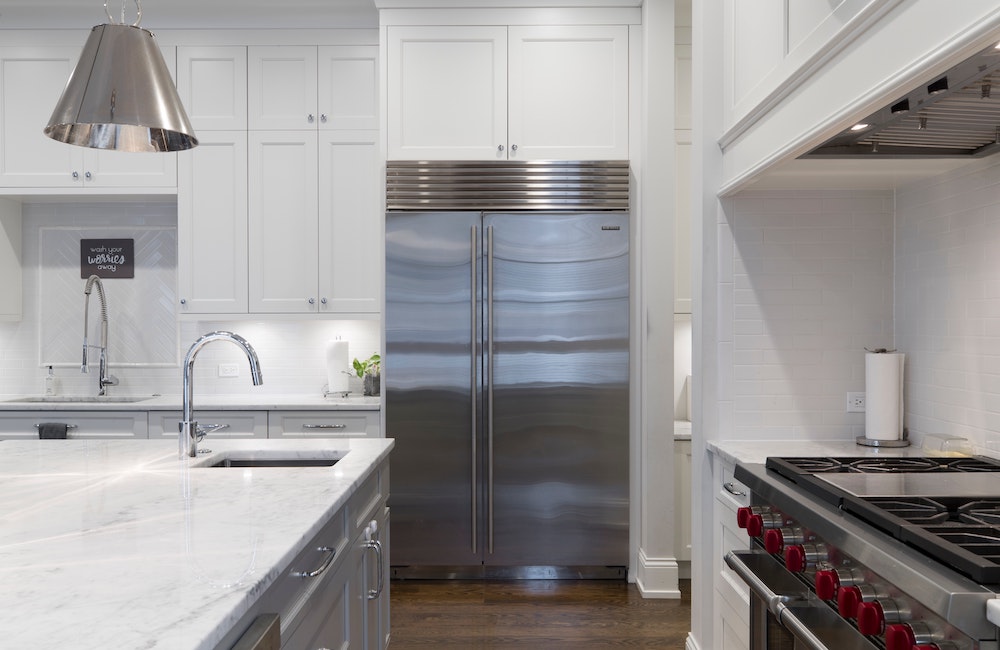Choosing the right underlayment is crucial for any successful and long-lasting tile project. Two of the more popular options for tile underlayment are the Schluter System and concrete backer board.
To ensure a well-informed decision that caters to your specific needs and demands, it is crucial to comprehensively evaluate and comprehend the advantages and disadvantages of each system.
Schluter System:
The Schluter Shower System represents a comprehensive range of waterproofing solutions that create a completely bonded, impervious structure for tiled showers. By eliminating the potential hazards associated with water and vapor infiltration, it effectively mitigates the likelihood of failures. Additionally, this system significantly reduces the length of the installation process.
Here are the key advantages and considerations of using the Schluter System:
Waterproofing:
One of the major advantages of the Schluter System is its waterproofing properties. It features waterproofing membranes which provide a reliable barrier against moisture. This is especially important in wet areas like showers and bathrooms, where preventing water damage is crucial.
Uncoupling:
This system offers uncoupling membranes that help to absorb movement and prevent cracks in the tile caused by substrate expansion and shrinkage. This is particularly helpful when installing tile over surfaces that are prone to movement, such as wood or concrete slabs.
Vapor Management:
Another pro of the Schluter System is the way it manages vapor transmission. The membranes and profiles in the system allow moisture vapor to escape, preventing issues like mold and mildew growth.
Edge Protection:
The installation of Schluter profiles serves the dual purpose of enhancing the aesthetic appearance of tile edges, while also guaranteeing protection against chipping and damage.
Ease of Installation:
The Schluter System provides a user-friendly experience with detailed installation instructions, enabling professionals and DIY enthusiasts alike to effortlessly accomplish a flawless tile installation.
Concrete Backer Board:
Concrete backer board, also known as cement backer board or cementitious backer unit (CBU), is a popular choice for tile underlayment. It is typically composed of a mixture of cement, sand, and reinforcement fibers. Let’s explore the advantages and considerations of using concrete backer board:
Concrete backer board is a durable and rigid building material specifically designed for use in tile and stone installations. Made from a combination of cement, fiberglass mesh, and other reinforcing materials, it offers exceptional strength, stability, and moisture resistance, making it a popular choice for tile underlayment that ensures long-lasting and high-quality installations.
Here are the key advantages and considerations of using concrete backer board:
Strength and Stability:
Concrete backer board offers excellent strength and stability as an underlayment material. It provides a solid and sturdy substrate for tile installations, especially in high-traffic areas.
Fire Resistance:
Concrete backer board is inherently fire-resistant, adding an extra measure of safety to your tile installation. It does not contribute to the spread of flames, making it an ideal choice for kitchens and other areas where fire safety is a concern.
Moisture Resistance:
While concrete backer board is not waterproof, it is moisture resistant. However, understand that it is not a substitute for proper waterproofing measures and additional products or membranes may be required in wet areas.
Durability:
The durability of concrete backer board makes it capable of withstanding heavy tiles, reducing the chances of tile cracking due to substrate movement.
Versatility:
Concrete backer board is compatible with various tile types and can be used for both floor and wall installations. Additionally, it cuts easily to fit any space, providing maximum flexibility in regard to various tile layouts.
While both systems offer a range of advantages and disadvantages, there are several factors you need to consider for both:
Cost:
When comparing the Schluter System and concrete backer board, cost is an important factor to consider. Although the Schluter System may require a greater initial investment when compared to concrete backer board, the long-term advantages and potential savings resulting from avoiding tile failures and repairs may make the added expense a worthwhile investment.
Installation:
Both systems require proper installation to ensure a successful tile installation. If you are not familiar with its components and installation methods, the Schluter System may take some time to master. On the other hand, concrete backer board requires precise cutting, fastening, and seam sealing.
Project Scale:
The scale of your project can also factor into your choice between the Schluter System and concrete backer board. For smaller projects or areas where waterproofing is a significant concern, the Schluter System may be a more suitable choice. However, for larger areas or when strength and stability are the primary considerations, concrete backer board may be a better way to go.
In the end, choosing between the Schluter System and concrete backer board depends on your specific needs, project requirements, and budget. To ensure that your tile installation is successful and lasts a long time, it’s important to carefully evaluate your project’s demands, and seek advice from experts if necessary, in order to choose the system that is most compatible with your objectives.




